I stayed in a longhouse in Sarawak and it taught me a lot about being a Singaporean in Southeast Asia
CNA Lifestyle's Izza Haziqah was in Sarawak during the annual Gawai Dayak harvest festival, and the the experience deepened her appreciation for being part of a broader Southeast Asian identity.
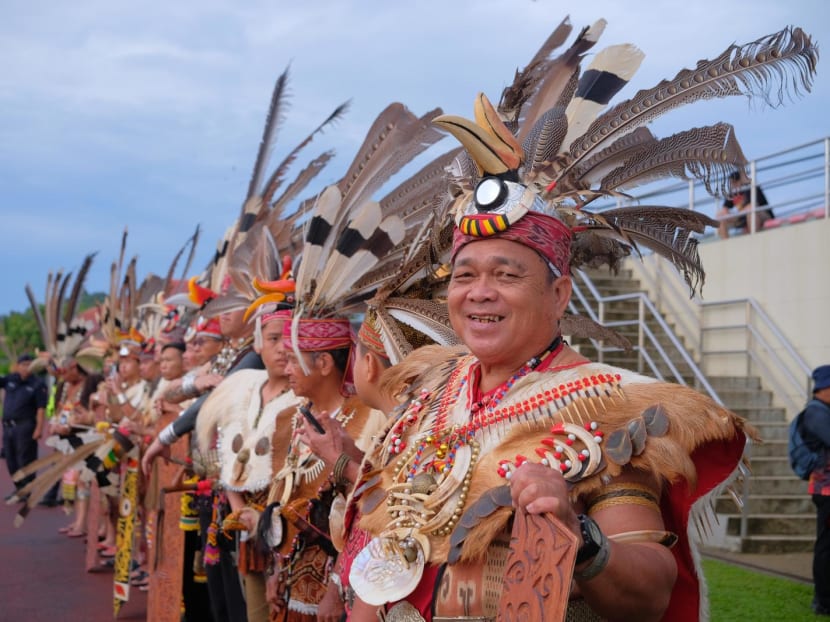
The Gawai Dayak Parade is a celebration of the heritage and culture of indigenous communities, such as the Orang Dayak. (Photo: CNA/Izza Haziqah)

This audio is generated by an AI tool.
Before visiting Sarawak, I didn't think too much of the area. I had never been to the island of Borneo, home to Malaysian states Sabah and Sarawak, Indonesian Kalimantan, and the nation of Brunei.
I also only had a faint idea that Sarawak was where many indigenous communities of the Orang Dayak, or Dayak people, lived. I had heard it was "rich with culture", but I didn't really know what that meant, and thus, the place simply didn't strike much interest in me.
So, the last thing I expected was a trip there to alter parts of my brain chemistry, but it did.
Witnessing the Gawai Dayak parade and staying in a longhouse (or rumah panjang) didn’t just take me out of my routine. It deepened how I think about indigenous heritage and culture, and what it means to be Singaporean, an identity rooted in the Southeast Asian region and shaped by the coming together of many different ethnicities.
In Sarawak, culture blends in a way that feels far more fluid and natural than I was used to (hi, Chinese-Malay-Indian-Other model in Singapore).
COMING TOGETHER DURING GAWAI DAYAK
My visit to Sarawak was anchored by the Gawai Dayak, a harvest festival celebrated annually in late May and early June by the native Orang Dayak, which included the Iban, Bidayuh and Melanau.
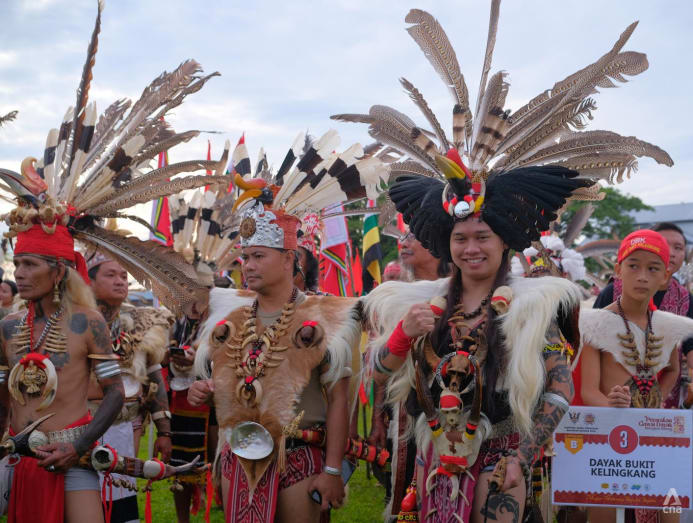
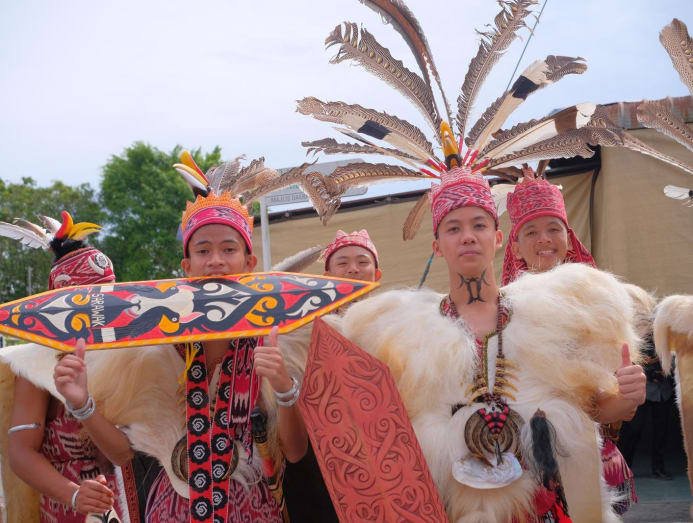
That weekend, I was in Betong, a rural town about three hours from the city of Kuching, where I saw people of different ethnicities come together for a celebration that spanned generations.
People gathered to eat Iban dishes infused with unmistakable Malay and Chinese influences, and wore traditional Dayak attire, like the women’s marik empang and men’s kelambi.
They spoke in a mix of languages – including Jaku Iban, Bahasa Melayu Sarawak, Hokkien, and English – and sang Nusantaran-style songs that echoed through the streets. The songs were filled with the sounds of drums, gongs and stringed instruments, carrying a festive spirit that felt both familiar and new.
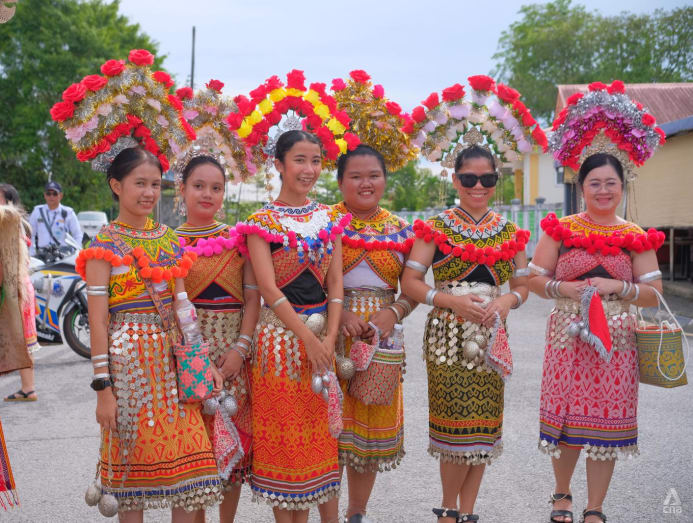
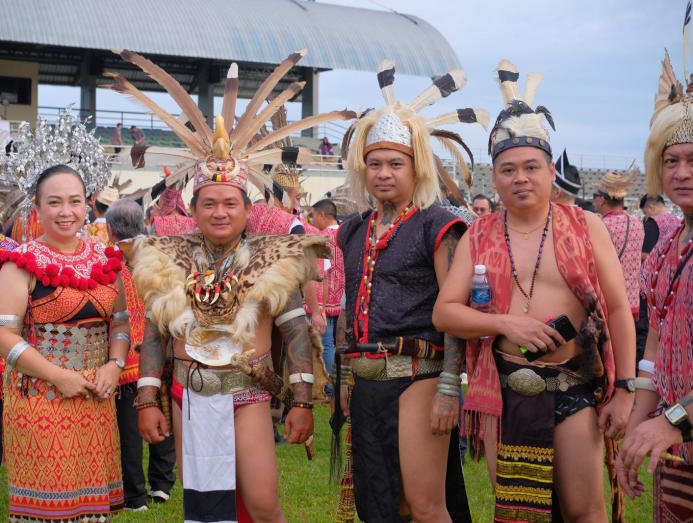
Some wore headgear adorned with feathers or beak-like structures symbolising the rhinoceros hornbill, and amulets believed to ward off evil spirits. I saw women in hijab wearing their Iban costumes with pride, and young boys donning their cross necklaces alongside their Bidayuh warrior beads, balancing cultural expression and religious values.
According to the Sarawak government’s 2020 census, the state is home to around 2.5 million people. The largest ethnic group is the Iban, who make up about 30 per cent of the population, followed by the Chinese and Malay communities.
Sarawak’s story, from colonial rule to self-governance to being part of Malaysia, is different from that of Peninsular Malaysia. For many Iban, their sense of identity is rooted not just in national borders but in the shared heritage of Borneo.
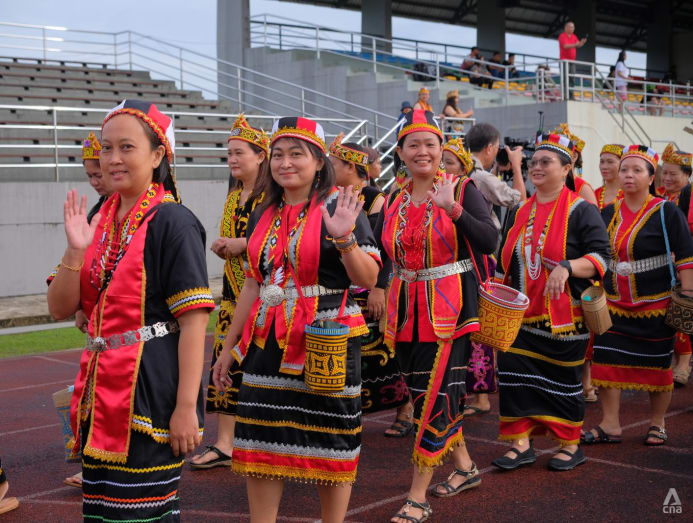
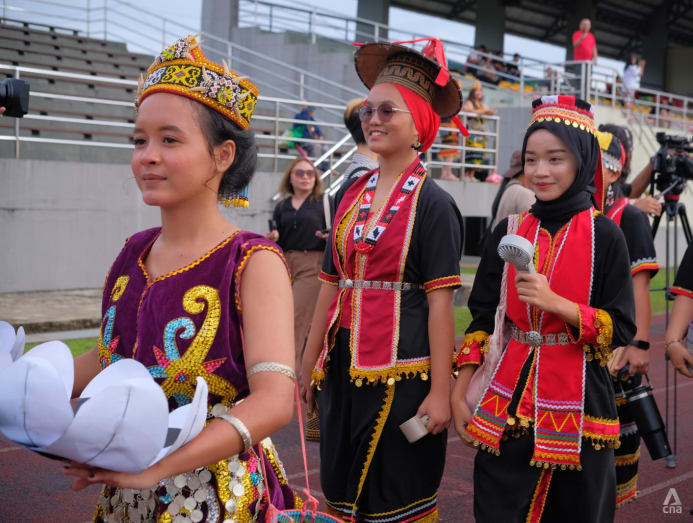
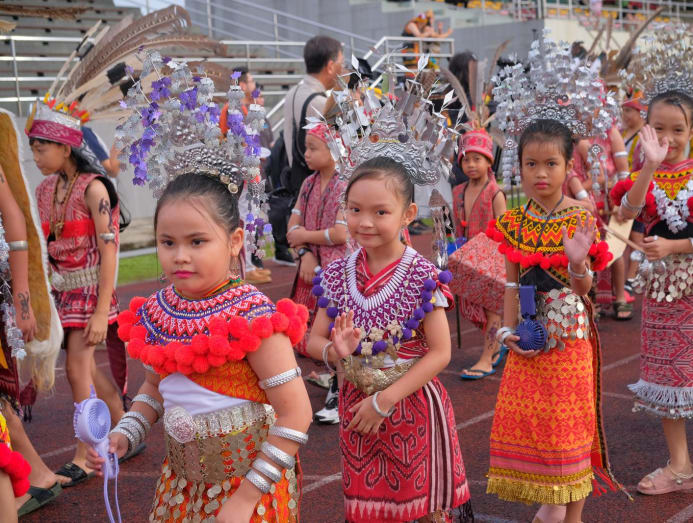
During the parade, I spoke to a man in his eighties, who told me he had been celebrating Gawai Dayak since before Sarawak’s self-governance on Jul 22, 1963.
The elder recalled how Gawai Dayak only became an official celebration in 1965. Now, six decades later, he smiled watching toddlers and teenagers drum and ululate down the streets of Betong.
Of course, like anywhere else, there are differences and disagreements, and not everything is perfect. But watching people of all ages, races and religions come together during Gawai Dayak, laughing, drumming, dancing, was deeply heartening.
It showed me that it’s possible to celebrate indigenous heritage without turning it into something performative or commercial. It's not solely about capitalising on a practice that's been revered for years but creating a space to honour that specific culture – in this case, the native people who have lived there for thousands of years – and letting that pride be shared, respectfully, by people of many backgrounds.
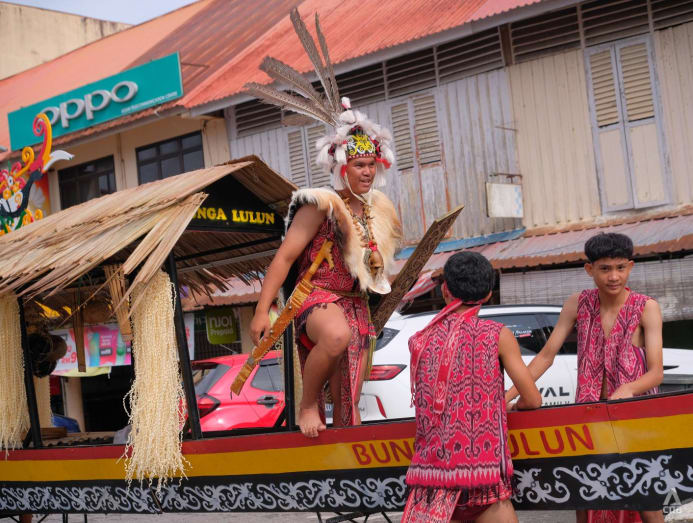
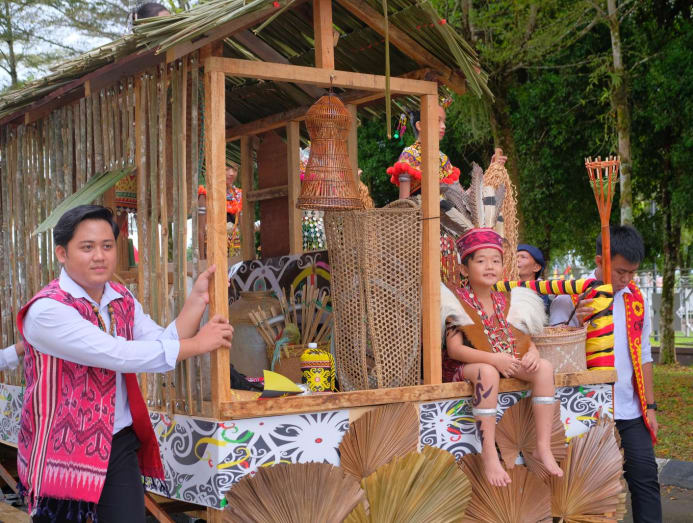
What seemed like just a foreign parade then made me reflect on my own country's culture, heritage, and indigenous communities. I thought of all the stories of our native people, such as the Orang Pulau or islanders in Singapore, and the way we can continue honouring them.
EXCHANGING STORIES WHILE STAYING IN A LONGHOUSE
Another significant part of my visit was when I got to stay in a modern longhouse, befriend my lovely hosts, and listen to them and their stories. The longhouse, called Rumah Panjang Engkeranji, was also a central gathering place for the town’s Gawai Dayak celebrations and a glamping-style experience.
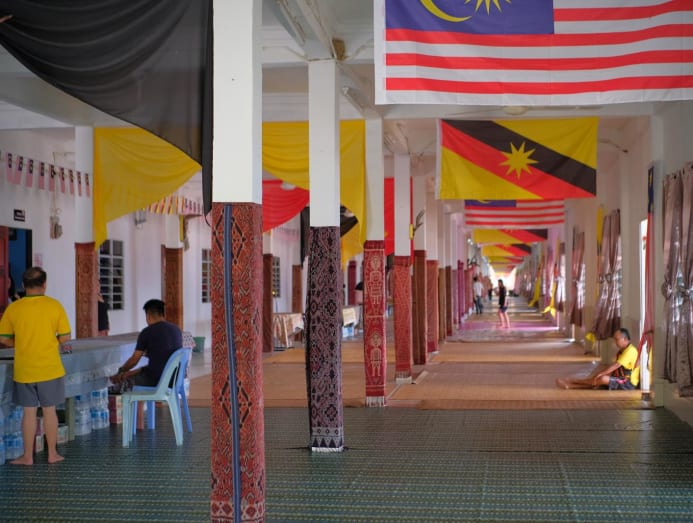
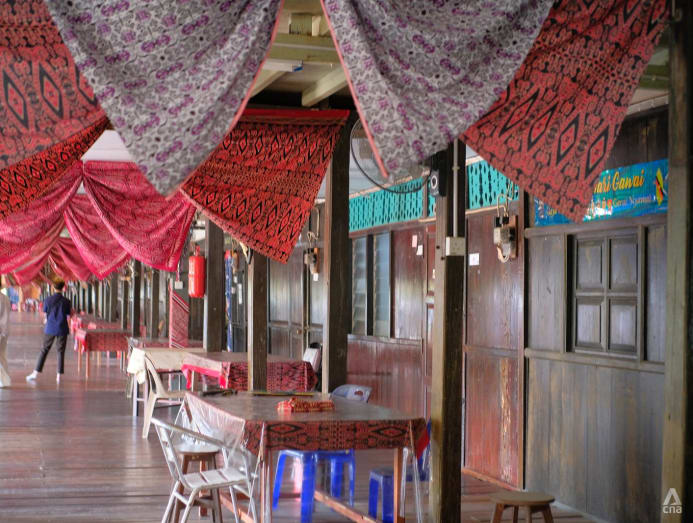
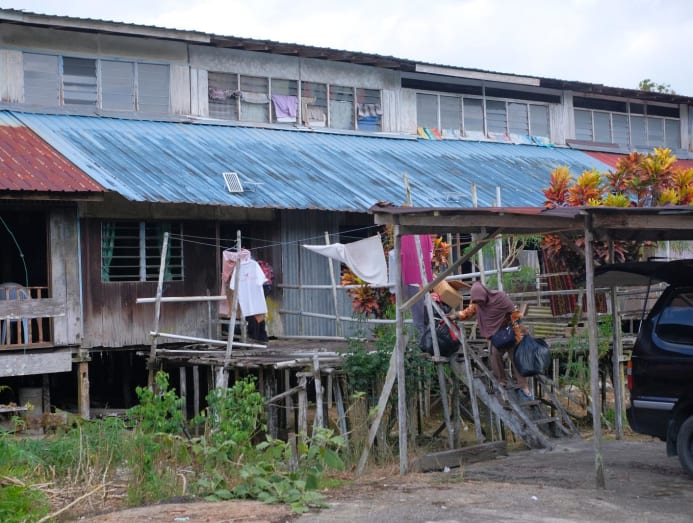
Traditional longhouses are made of teak and elevated on stilts – an architectural design that is more sustainably appropriate in our weather and climate – but Rumah Panjang Engkeranji was built from concrete, a more cost-effective choice today.
The longhouse had 22 bilik, or individual family living quarters, and I stayed in the 21st. The whole building stretches about 50 metres long and 5 metres deep, has two storeys, and is home to over 50 nuclear families.
Each bilik belongs to a multi-generational family, and all the bilik in a longhouse share a central corridor called the ruai. It’s where weddings, funerals, festivities like Gawai Dayak, Christmas and more take place.
The ruai is where children play, neighbours catch up, and friendships (possibly even love stories) blossom. It was heartwarming to see how everyone flowed in and out of each other’s spaces.
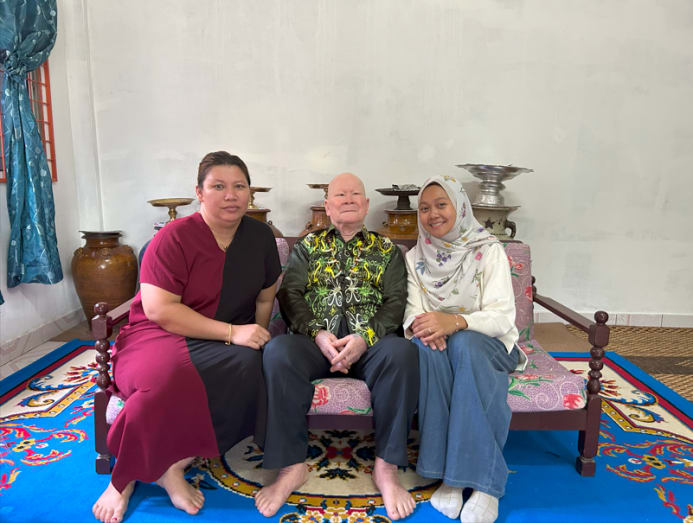

At the bilik where I stayed, I was warmly hosted by Junan anak Kusau, whom I affectionately called Uncle Charles, and his daughter, Agnes Jentang anak Junan. Their family are devout Christians with many friends and distant relatives of other faiths.
Because it was the Gawai Dayak weekend and many extended families had returned to the longhouse, I also met Agnes’ distant relative, Belle, who used to live in the longhouse before she got married and moved to another longhouse closer to Kuching with her husband.
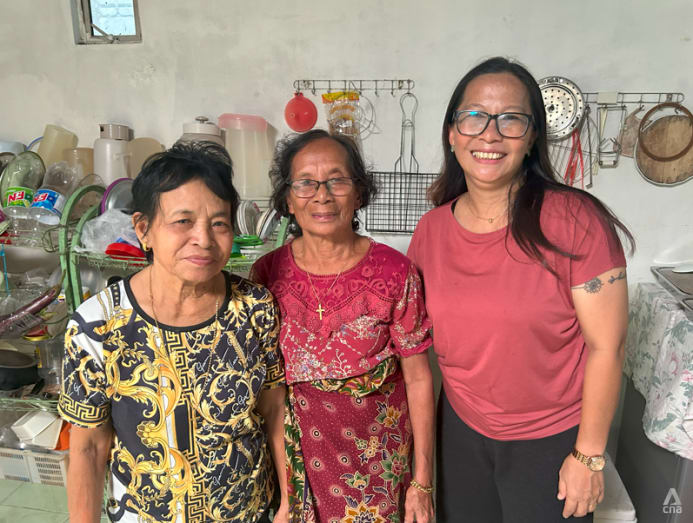
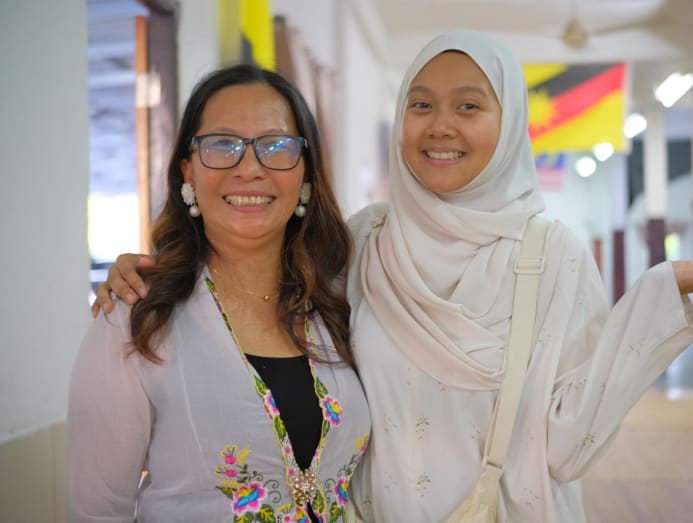
Belle was incredibly kind. She showed me around, shared stories about her family tree, and explained more about her Iban practices. She is the fifth generation in her family to live in that bilik, and she still travels four hours from Kuching to be there every Gawai.
She laughed heartily whenever we joked about modernity and the changes it brings to Sarawakian culture. She loves preserving her familial traditions, but she acknowledges how change is a constant that she doesn't wish to resist.
Case in point, she's proud to still cook her family’s dishes such as kasam ensabi, Iban fermented vegetable pickle, or umbut pantu, a type of vegetable soup, all of which are staples in many Iban homes. But she serves them alongside her own spaghetti bolognese or fried rice with kimchi.
THE MANY GEMS AROUND SINGAPORE
The stories I hear from Belle, Agnes, their Uncle Charles and the elder I met during the Gawai Dayak Parade made the place and the whole visit feel personal and closer to me as a Singaporean than I thought.
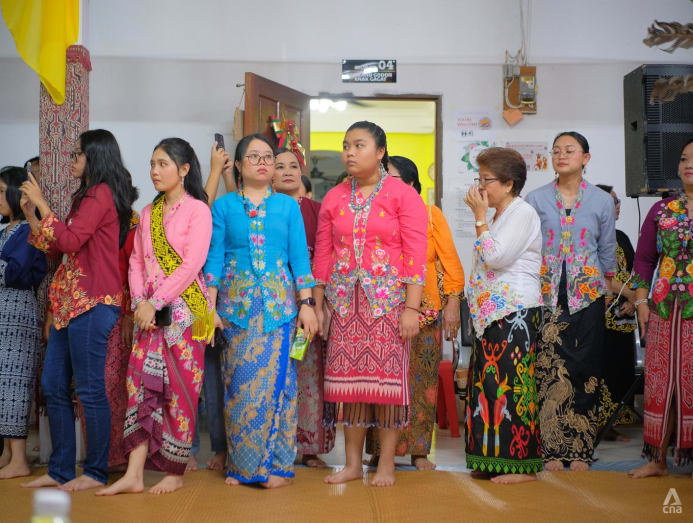

This isn't some tired “city girl meets kampung life” narrative unfolding here (I’m frankly over that trope). This wasn’t about culture shock. Living in a longhouse is undoubtedly a far cry from what I'm used to in Singapore, but it isn't just about the obvious on-the-surface differences.
What was more significant about the experience was recognising the depth and value of what communal living offers, something I believe all modern city folks could benefit from.
It was meaningful to be in a space where neighbours remember your name and your story, even if you're from ten bilik down and only crossed paths for a brief moment. There’s a quiet kind of warmth in knowing the people around you care: That they remember you’re a new parent, that you’re facing financial struggles, or simply trying your best to be a better version of yourself.
Sarawak also reminded me once again of the many travel gems close to us that we often (unfortunately) sleep on.
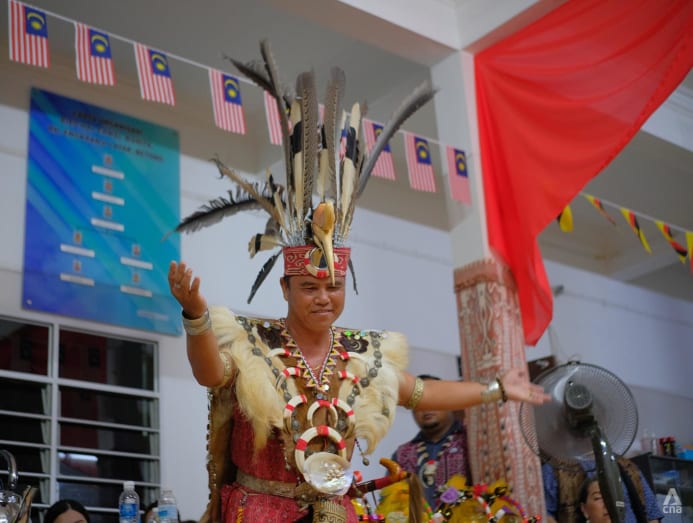
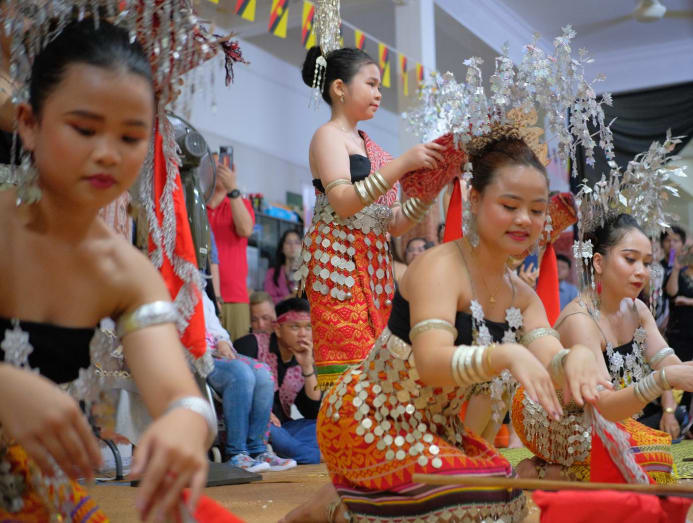
When it comes to travelling, Singaporeans often chase destinations that are further or colder – and hey, I love Tokyo and London, too – but there’s so much beauty just a few hours away, in places that are culturally rich, deeply communal, and part of our larger regional story.
It also made me reflect on how often we define our identity by economics, efficiency, and global status. In the rush of all that, we sometimes forget our Singaporean roots and our place within the broader tapestry of Southeast Asia.
I find it crucial to preserve the histories we’re connected to, honour the indigenous cultures that have shaped the region, and deepen our understanding of where we come from – not just as Singaporeans, but as part of a larger regional heritage.
It’s trips like these that spark such conversations on our identity in the places we live, and these conversations are definitely worth having more of.
CNA Lifestyle was in Sarawak at the invitation of the Sarawak Tourism Board.






